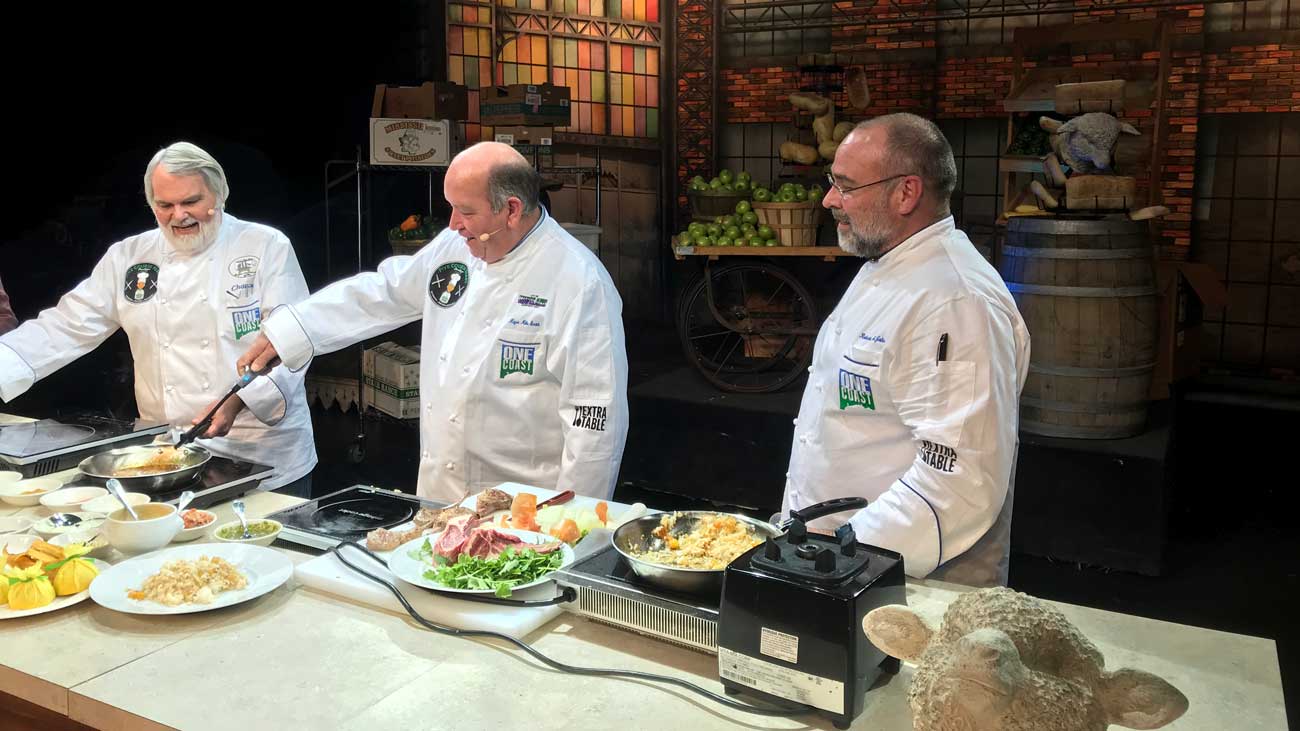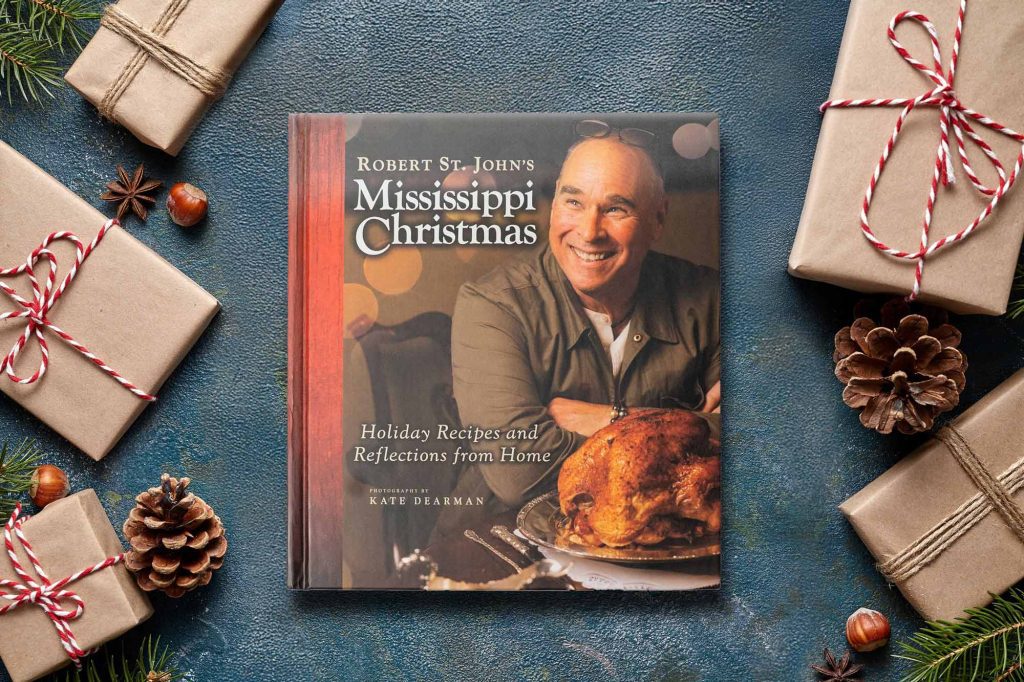The weather is beginning to warm and we are heading into sandwich season.
Fall and winter are soup seasons. When the weather cools we look for something that will stick to our ribs, warm us, and comfort us. In the heat of Mississippi summers— the lighter the better, and— sandwiches rule the day.
I have been on a serious sandwich kick lately. The Rachel sandwich on seeded rye at Stein’s Deli in New Orleans is well worth the 90-minute drive for me. With the rye bread I purchase at the bakery across the street from our restaurants I have been making turkey and/or pastrami and Swiss on rye with whole grain mustard and a side of Wickles as a go-to lunch at home for the past several months.
If bread isn’t the most important component to a sandwich then it’s certainly a close second. Though it’s probably more of a 1A-1B situation. Rye bread and any whole-wheat bread— with as many grains as the baker can muster— are best.
In the sandwich world, whole-wheat and rye shouldn’t even be in the same conversation as white bread. Dijon, Creole, and whole grain mustard always trump plain yellow mustard. Homemade mayonnaise is infinitely better than store-bought. Wickles are the only pickle that should ever be eaten by any self-respecting Southerner, and do we even have to discuss the fact that pre-packaged, water-injected and pressed lunch meats don’t hold a candle to whole muscle meats shaved thin on a slicer by your butcher or roasted in your kitchen? No we don’t.
Though in my youth I was a white bread-eating peanut butter and jelly-type kid. My mother could verify the fact that I ate a peanut butter and jelly sandwich almost every day of my life for six years. I still eat them, but these days I use better bread, better peanut butter and better fruit preserves. Ice-cold milk is the only thing that hasn’t changed in my pbj scenario.
As a kid, my mother often kept an eye of round roast in the refrigerator. She marinated it, slow-roasted it, sliced it thin, and we made roast beef sandwiches throughout the summer. We also ate what we called freezer sandwiches, which were ham and Swiss on hamburger buns with a Dijon-butter-horseradish-poppy seed dressing. The sandwiches were wrapped in foil and stored in the freezer. In the days before we owned a microwave, a 400-degree oven for 30-45 minutes brought them back to life and made the outer edge of the buns crisp (from cooking while touching the foil) and the inside molten hot and bubbly. I still make those sandwiches— or updated versions of those sandwiches— on occasion, but the breads and proteins have improved.
A few years ago I went fishing with my friends Steve and Frank. Steve owned a fish camp on the Jourdan River in Bay St. Louis. We arrived late the night before and made a midnight run to the grocery store to get ingredients needed for an in-the-middle-of-the-Gulf-of-Mexico lunch the next day. Steve and Frank were wandering the aisles debating on what to buy when I said, “Hold on fellas, I got this.” I rounded the corner into the frozen food section, grabbed a box from the freezer and then picked up a bag of oranges in the produce section— two items. “This, gentlemen, is the perfect fishing lunch.”
“What’s in the box?” they asked.
“They’re called Uncrustables. My kids eat them.”
“But what are they?”
“They are frozen peanut butter and jelly sandwiches. Trust me.”
The timing of this particular fishing trip aided my selection. My kids were still in elementary and junior high school. Steve and Frank’s children were grown and way past the kid-food stage.
Uncrustables are a product made by Smuckers that are frozen peanut butter and jelly sandwiches with the crust cut off. They are individually wrapped and stored in the freezer. When packing a school lunch, one just pulls a frozen sandwich out of the freezer and sticks it in a lunch bag. By the time lunch rolls around the sandwich has thawed and is ready to eat. The same goes with fishing. When pulled out of a freezer at 5:00 a.m., and placed in an ice chest, they are ready to eat— with zero effort— when lunchtime on the water rolls around.
In the food world Uncrustables are far, far from a legit foodstuff. When it comes to a perfect low-maintain ace, zero-effort fishing lunch, they are golden.
Uncrustables were a source of derision between my wife and me when the kids were in school. I always lobbied for homemade sandwiches instead of frozen. I lost those arguments. But if the truth is told, they’re actually not too bad. When it comes to a fishing trip they are perfect. Everything tastes great under the sun on the water. Paired with navel oranges that have been submerged in an ice-slush filled ice chest, it’s the most minimal effort one can expend when preparing a lunch on the water.
In the end I’ll drive three hours round trip to eat a good sandwich, and I’ll grab a pre-made frozen sandwich out of the freezer under the right circumstances. It’s all-OK during sandwich season.
Freezer Sandwiches
1 stick Butter, melted
3 Tbl. Prepared Horseradish
3 Tbl. Dijon Mustard
2 Tbl. Poppy Seeds
1 lb. Ham, thinly sliced
8 slices Swiss cheese
8 Best Quality Hamburger Buns
Combine butter, horseradish, mustard and poppy seeds. Mix thoroughly. Open all of the hamburger buns and brush both sides of the inside with the poppy seed dressing. Place two ounces of ham and one slice of cheese on bottom part of the bun. Repeat with the remainder of the buns. Close the tops of the buns and brush more of the poppy seed dressing on the outside tops and bottoms of the buns. Tightly wrap each sandwich in aluminum foil and freeze.
To cook, preheat oven to 400-degrees and place sandwich, still tightly wrapped in foil, directly on the center rack for approximately 30 minutes until center is hot and cheese is melted. Yield: 8 sandwiches.



